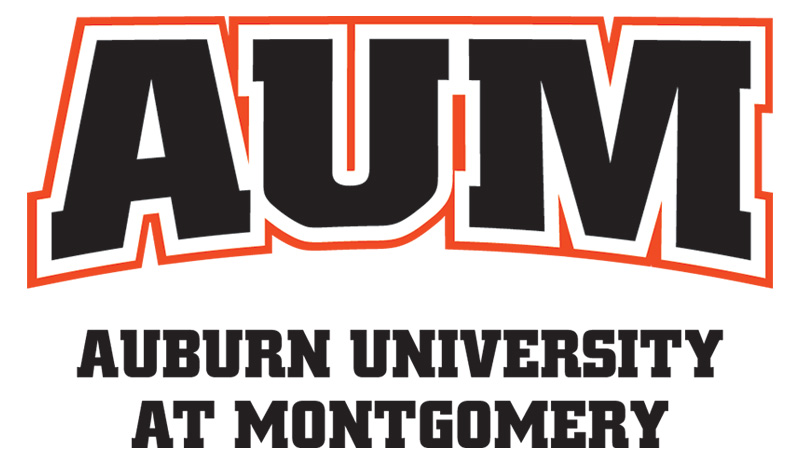Case In Point: Lessons for the Proactive Manager
Volume 17 Issue 11 | November 2025
For over seventeen years our goal in Case in Point has been to help you proactively manage risks so that you don’t become one of the headlines you see here each month. However, since our institutions are comprised of human beings, we will occasionally have failures that require leadership. Today, I wanted to briefly focus on leading when things don’t go as planned. Strong leadership during a crisis can prevent the erosion of trust from institutional stakeholders and mitigate damage.
Here are three suggestions for leading in a crisis:
- Be open, transparent, and honest about whatever mistake or incident occurred and communicate about it openly, owning the mistake. That’s called leadership.
- Realize that within every crisis there lies opportunities to make advances and improvements more quickly than normal. People are more open to change when failure happens, so use this to make processes, personnel, or systems better than before. That’s also called leadership.
- Don’t neglect post-crisis communication. Communicate with your stakeholders about how issues were resolved and improved. This builds trust and confidence, and you may find yourself in a better place than before the crisis. Believe it or not that’s also called leadership.
Issues will certainly arise despite your best intentions. The big risk in crisis is fear. Leaders must not let fear paralyze decision making.
We are days away from Thanksgiving, which happens to be my favorite holiday of the year. One tradition I have every Thanksgiving morning is to write a long list of things I’m thankful for. As I was thinking about higher education, I wanted to leave you with three things I think we should all be thankful for in this industry.
- The opportunity to help students grow and learn in ways that will impact their future for generations. I’ve been fortunate to also teach much of my career, and I love evaluations like one I read recently that said, “we learned things that will help us not only in our career but in life.” You may not be in the classroom, but you have opportunities to interact with students if you look for them.
- The opportunity to work in an industry that is collaborative. In higher education, we share our best practices and truly do try to help each other in our respective missions. It’s why we write this newsletter each month.
- The opportunity to work in an industry that values work life balance. Hopefully, you will get to enjoy this balance during Thanksgiving weekend.
If you have time on Thanksgiving, take out some paper and write down a list of a few things you are thankful for. It’s a great exercise to start the day. For now, we invite you to review the issues across higher education with a view toward proactively managing risk.

Kevin Robinson
Vice President
Institutional Compliance & Security








